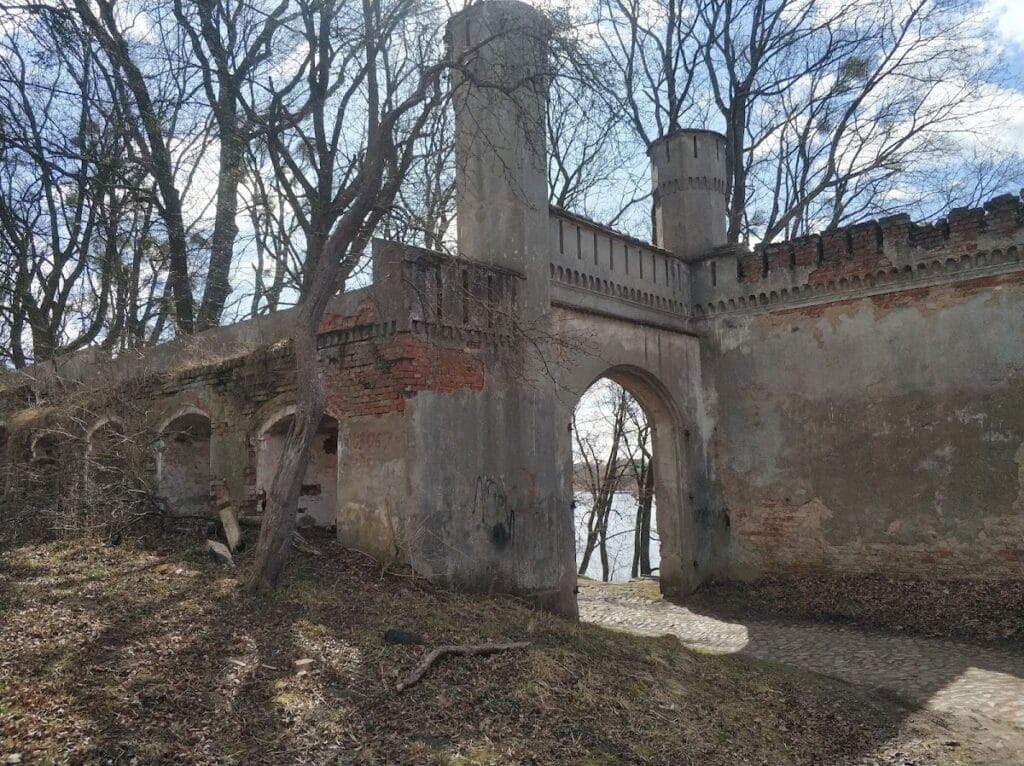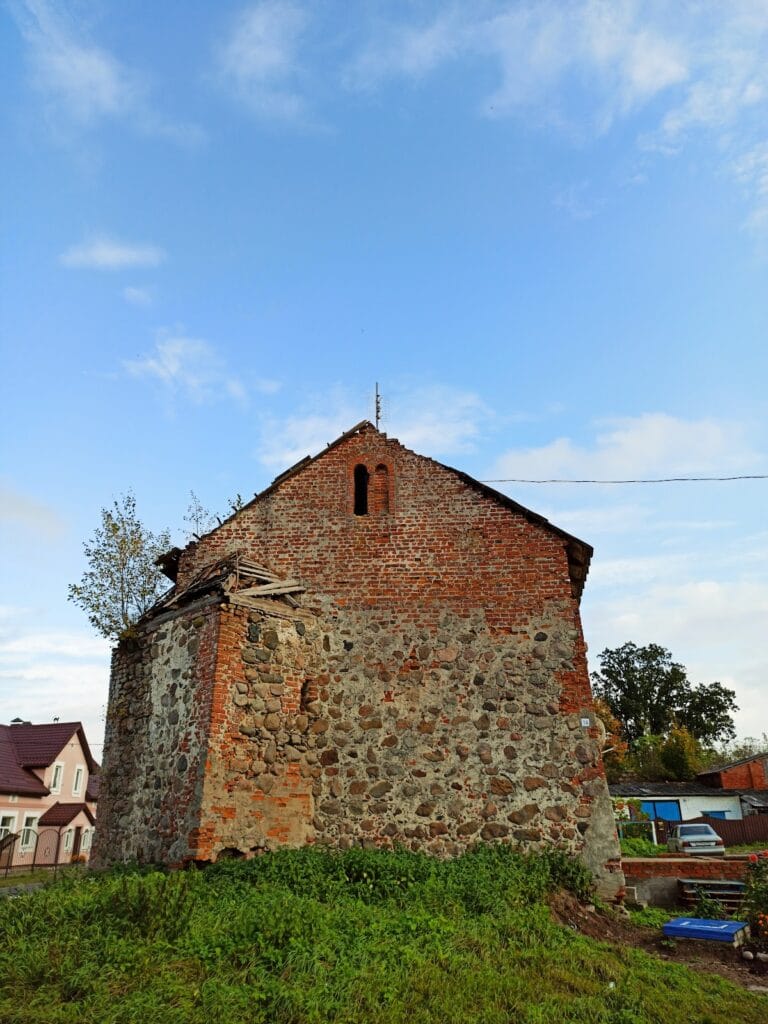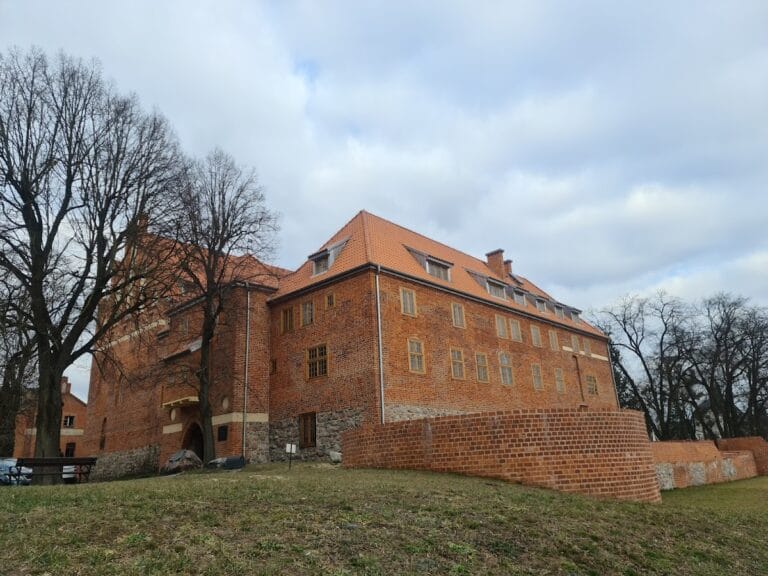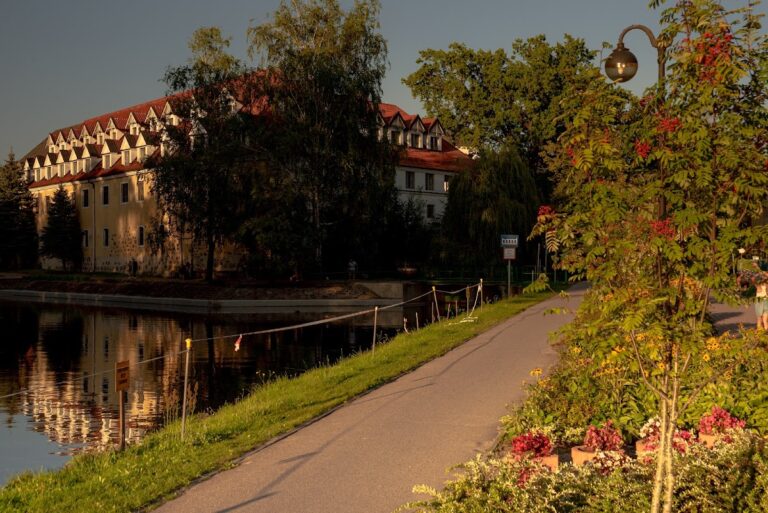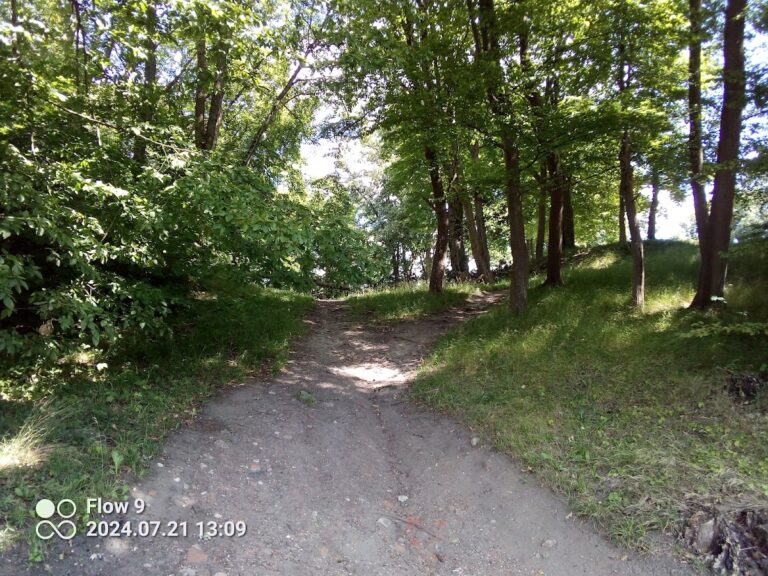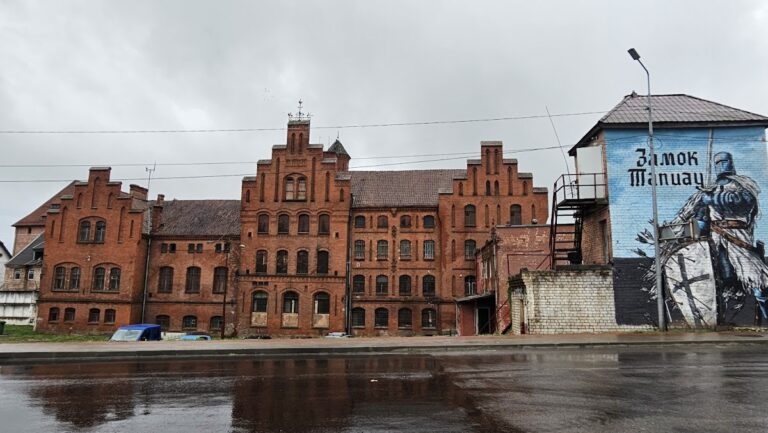Gerdauen Castle: A Historic Teutonic Fortress in Zheleznodorozhny, Russia
Visitor Information
Google Rating: 4.5
Popularity: Low
Google Maps: View on Google Maps
Official Website: kaliningrad-guide.com
Country: Russia
Civilization: Medieval European
Remains: Military
History
Gerdauen Castle is located in Zheleznodorozhny, Russia, and was originally built in the early 14th century by the Teutonic Knights, a medieval German military order. Its construction began in 1315 under the leadership of Komtur Johannes von Winnungen, with oversight by Heinrich von Isenber, the commander based in Königsberg.
The castle was formally consecrated in 1325 on the feast day of Saints Peter and Paul, highlighting its religious significance to the Teutonic order. In 1347, the castle faced a potential threat when the army led by Olgerd approached its gates but chose not to attack, allowing the structure to remain intact through this episode. Gerdauen Castle served administrative and military roles throughout the 14th and 15th centuries, aligning with the strategic interests of the Teutonic Knights in the region.
From 1678, the castle ceased to be used as a residence, marking the end of its primary function. During the 19th century, ownership of the property passed to Baron von Romberg. His son demolished most of the original castle structures, sparing only the cellars beneath. On this foundation, he built a manor house that significantly altered the site’s medieval character. Later, Alfred von Jansen acquired the manor and lived there until 1945.
In World War II, the manor suffered only minor damage, indicating that the site was not a major battlefield at that time. After 1947, the stable building on the estate was converted into a veterinary clinic, while the castle’s underground cellars remained unused. The late 1970s saw the castle grounds serve as a filming location for the war film “Long Miles of War,” produced by the A. P. Dovzhenko film studio.
By 1990, a family of entrepreneurs leased the ruins with plans to transform them into a hotel and restaurant. However, the project was halted due to the financial crisis of 1991. Structural weaknesses in the ruins became apparent by the end of the 20th century, with parts of the cellar walls collapsing in 1999 and damage to the veterinary clinic walls following in 2000. In recognition of its historical value, the Government of Kaliningrad Oblast declared Gerdauen Castle a cultural heritage site of regional importance in March 2007.
Remains
Today, the surviving elements of Gerdauen Castle demonstrate a complex history of construction, alteration, and partial preservation. Originally built in the early 14th century by the Teutonic Knights, the castle’s remains include the main gate, ruins of the western wing, and a reconstructed well, all reflecting medieval defensive architecture. These parts convey the layout of the castle as a fortified residence, though much of the original structure was lost in later centuries.
The bulk of the medieval buildings was demolished in the 19th century when Baron von Romberg’s son replaced them with a manor house. Despite this, the castle’s original cellars survive beneath this later building. These underground chambers have been archaeologically confirmed but remain unused in modern times, preserving a physical link to the castle’s earliest phase.
Adjacent to the main complex, the stable building has remained functional since its construction, later adapted in 1947 for use as a veterinary clinic. This adaptive reuse demonstrates continuity of occupation and practical transformation of the estate’s facilities. However, the structure suffered partial wall collapses around 2000, indicating its vulnerable condition.
While no decorative features, inscriptions, or artifacts have been documented from the site, the existing ruins and reconstructions allow a glimpse into the castle’s historical evolution. Parts of the walls and gate stand in a fragmentary state, and ongoing preservation efforts recognize the site’s importance. The castle’s atmosphere is thus shaped by its combination of medieval elements, 19th-century modifications, and 20th-century adaptations, all layered within a setting marked by both ruin and renewal.
